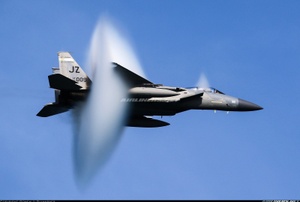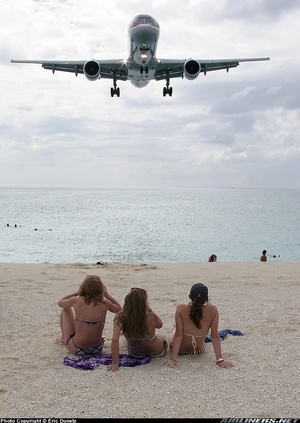Republic RC3 Seabee
Details
Country of Origin
United States of America
Type
Four seat amphibious light aircraft
History
One of the few amphibious light aircraft to be produced in any sort of numbers, the Republic Seabee was built by the same company that was responsible for the legendary World War 2 P47 Thunderbolt fighter.
The Seabee was conceived during the latter stages of World War 2 when Republic began to look beyond its massive wartime contracts to a basis for sustained peacetime production. The original concept was one that was quite popular during the 1940s - to provide a four seat light aircraft that would cost little more to purchase and operate than a family car. To an extent Republic succeeded in its aims, more than 1000 Seabees were built in just one year of production.
The original prototype Seabee was designated the RC1 (Republic Commercial design number one) and first appeared during 1944. The RC1 was a three seat design powered by a 130kW (175hp) six cylinder Franklin 6ALG365 piston engine. First flown during November 1944, the conventional all metal construction RC1 for a time was dubbed the Thunderbolt Amphibian.
A comprehensive testing and development program ensued, during which the RC1 was punishingly tested. One test that illustrated that the RC-1 encompassed Republic aircraft's legendary abilities to absorb punishment involved intentionally making a wheelsup landing on a concrete runway. The RC1 passed this test without incident, the only damage being a small metal shaving from the keel.
While the RC1's structural integrity was beyond dispute, Republic nevertheless decided to redesign the RC1, mainly to significantly reduce production and acquisition costs. What evolved was the RC3 Seabee, a four seater powered by a 160kW (215hp) Franklin 6A8215B8F piston engine. Aside from the increased seating capacity, the Seabee differed from the RC1 in being lighter, built with far fewer components (450 compared with 1800 in the RC1), required 25% less tooling to manufacture and, most importantly, had an acquisition cost half that of what the RC1's would have been.
Seabee production began in mid 1946, but lasted only until October 1947, when ironically Republic decided to concentrate on its once more lucrative military business, despite healthy Seabee sales.
The decision to cease Seabee production also terminated development plans for twin engined and landplane developments.
Powerplants
One 160kW (215hp) Franklin 6A8215B8F six cylinder inline piston engine driving a two blade propeller.
Performance
Max speed 193km/h (104kt), max cruising speed 166km/h (90kt). Initial rate of climb 700ft/min. Service ceiling 12,000ft. Range 900km (485nm).
Weights
Empty 885kg (1950lb), max takeoff 1360kg (3000lb).
Dimensions
Wing span 11.48m (37ft 8in), length 8.51m (27ft 11in), height 2.92m (9ft 7in). Wing area 18.2m2 (196sq ft).
Capacity
Typical seating for four.
Production
Total Seabee production of 1060 built between 1946 and 1947.
Related Links
Republic RC3 Seabee
The backbone of this section is from the The
International Directory of Civil Aircraft by Gerard Frawley
and used with permission. To get your own copy of the book
click here.


















